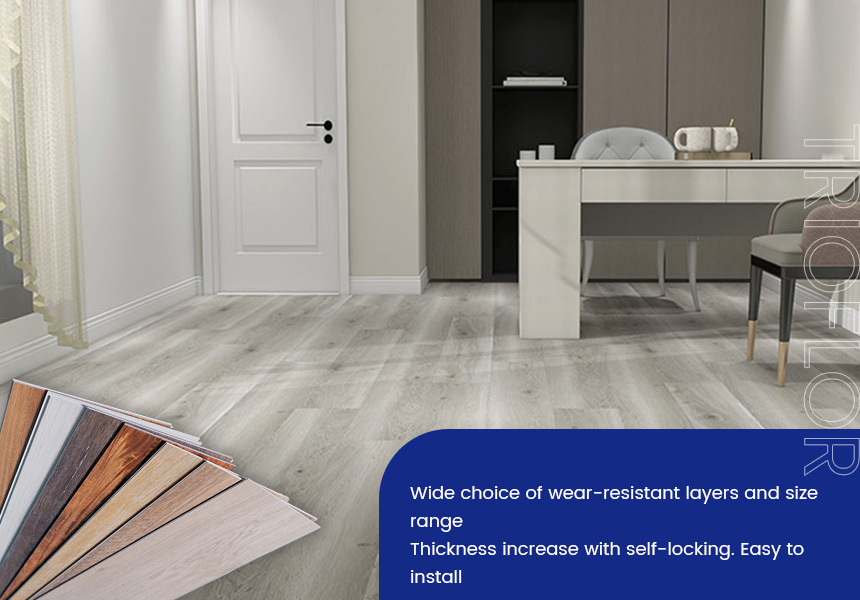
When it comes to flooring options, the debate between LVT flooring and hardwood flooring is a common one among homeowners and designers alike. Both materials offer unique benefits and aesthetic appeal, but understanding their differences can help you make an informed decision for your space.

LVT flooring, or Luxury Vinyl Tile, is a versatile and durable flooring option that mimics the look of natural materials like wood and stone. Made from several layers of vinyl, LVT is designed to withstand wear and tear while offering a stunning appearance. This flooring is water-resistant, making it suitable for kitchens, bathrooms, and high-traffic areas.
Hardwood flooring is renowned for its timeless beauty and natural warmth. Made from solid wood or engineered wood, it adds character and value to any home. The unique grain patterns and colors found in hardwood flooring make each installation one of a kind. However, hardwood can be susceptible to scratches, dents, and moisture damage, requiring careful maintenance.
When comparing LVT flooring to hardwood flooring, durability is a significant factor. LVT is designed for high performance, with a top wear layer that resists scratches, stains, and fading. In contrast, while hardwood can last for decades, it may require refinishing and special care to maintain its appearance.
In terms of maintenance, LVT flooring is easier to care for. Regular sweeping and occasional mopping are usually sufficient to keep it looking great. Hardwood flooring, on the other hand, may need periodic refinishing and can be affected by humidity levels, necessitating a more complex cleaning routine.
Both LVT flooring and hardwood flooring offer aesthetic appeal, but in different ways. LVT flooring comes in a wide variety of designs, colors, and textures, allowing homeowners to achieve the look of hardwood without the associated costs. Advanced printing technology means that LVT flooring can closely replicate the intricate details of natural wood.
Hardwood flooring exudes a natural charm that is hard to replicate. The warmth of real wood, with its rich textures and variations, adds an organic element to any room. However, it is essential to consider your design goals when choosing between the two.
Cost is often a deciding factor in the LVT flooring vs. hardwood flooring debate. LVT flooring typically has a lower upfront cost compared to hardwood, making it an attractive option for budget-conscious homeowners. Additionally, the installation costs for LVT flooring tend to be lower, as it can often be installed as a floating floor.
While hardwood flooring can increase the resale value of a home, it comes with a higher initial investment and ongoing maintenance costs. Homeowners should weigh these financial factors alongside their long-term plans for the space.
Ultimately, the choice between LVT flooring and hardwood flooring depends on your specific needs and preferences. If you’re looking for a cost-effective, durable, and low-maintenance option, LVT flooring may be the way to go. However, if you desire the timeless beauty and character of real wood, and are willing to invest in its upkeep, hardwood flooring could be the perfect choice for you.
At Trioflor, we offer a range of flooring solutions to suit your style and budget. Explore our selection of LVT flooring and hardwood flooring options today at Trioflor.net to find the perfect flooring for your home or project.